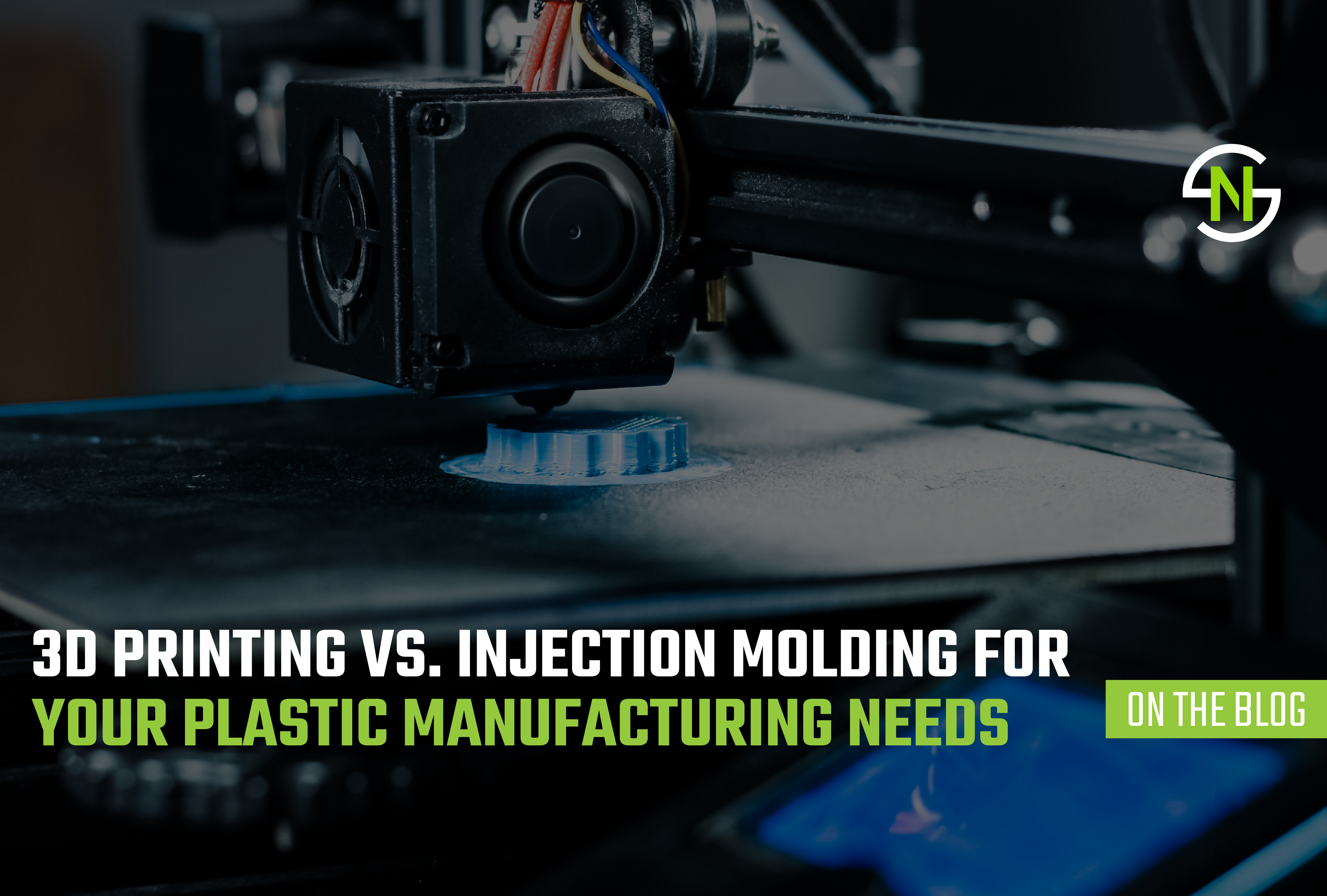
Plastic is an incredibly durable material. It can be nearly indestructible in some cases. Using it for custom parts and components is a great way to produce a long-lasting output, but you need to choose the right manufacturing method to maximize its lifespan.
Read on to learn whether 3D printing vs injection molding is the superior choice.
3D Printing vs Injection Molding: The Process
3D printing is an additive manufacturing process. The item is built in layers, and the layers all come together to form a cohesive product in the end. A computer reads a digital design and determines what layers it needs to lay down to create the desired shape.
Injection molding happens when manufacturers create a mold that features the precise shape of your components. The mold is usually made from titanium or another durable metal. Melted plastic is then piped into the mold and cools in the exact shape that was cut out inside of the metal.
Once it dries and solidifies, you have the exact part that you need. It allows for completely uniform batches, quick production, and detailed components with high-precision designs.
Which Is Better?
The only real advantage of 3D printing is that it’s faster and cheaper. You get what you pay for.
However, this does have a use: prototyping.
The prototyping process produces an output that shows what a final product will look like. This test item lets you make sure that a design is functional before it goes to market. You won’t need to pay a ton of money to produce a full batch of non-working parts because a prototype lets you test and tweak the design first.
Other than that, though, injection molding is almost always the superior alternative to 3D printing.
This is partly because it allows for more precise designs. While designing a CAD model can take a little longer for more complex designs, it’s worth the wait. The mold can feature as many tiny details as you need on your plastic parts like tiny gear teeth or microscopic holes to hold bolts that keep the finished product together.
Design complexity is critical when manufacturing parts, so this is a core consideration.
Other Considerations
Injection molding also allows for a completely uniform output. You use the same mold and the same melted plastic over and over. This means that there won’t be any anomalies, especially after the rigorous quality control measures that Nova Stevensville takes.
Materials produced by injection molding are also stronger because they’re created in a single poured layer. The many layers that hold a 3D-printed item together give it weak points and structural faults, which you can see in the form of visible bumps and ridges. Applying pressure to these points can cause breakage.
Work With an Injection Molding Company ASAP
Now that you know whether 3D printing vs injection molding best suits your needs, it’s time to begin manufacturing custom plastic parts the right way.
Our experts use high-quality materials and methods to produce durable parts that precisely meet your needs. We’re committed to assisting those who need automotive components as well as other industries, so request a quote today for more information on how Nova Stevensville can help you.
